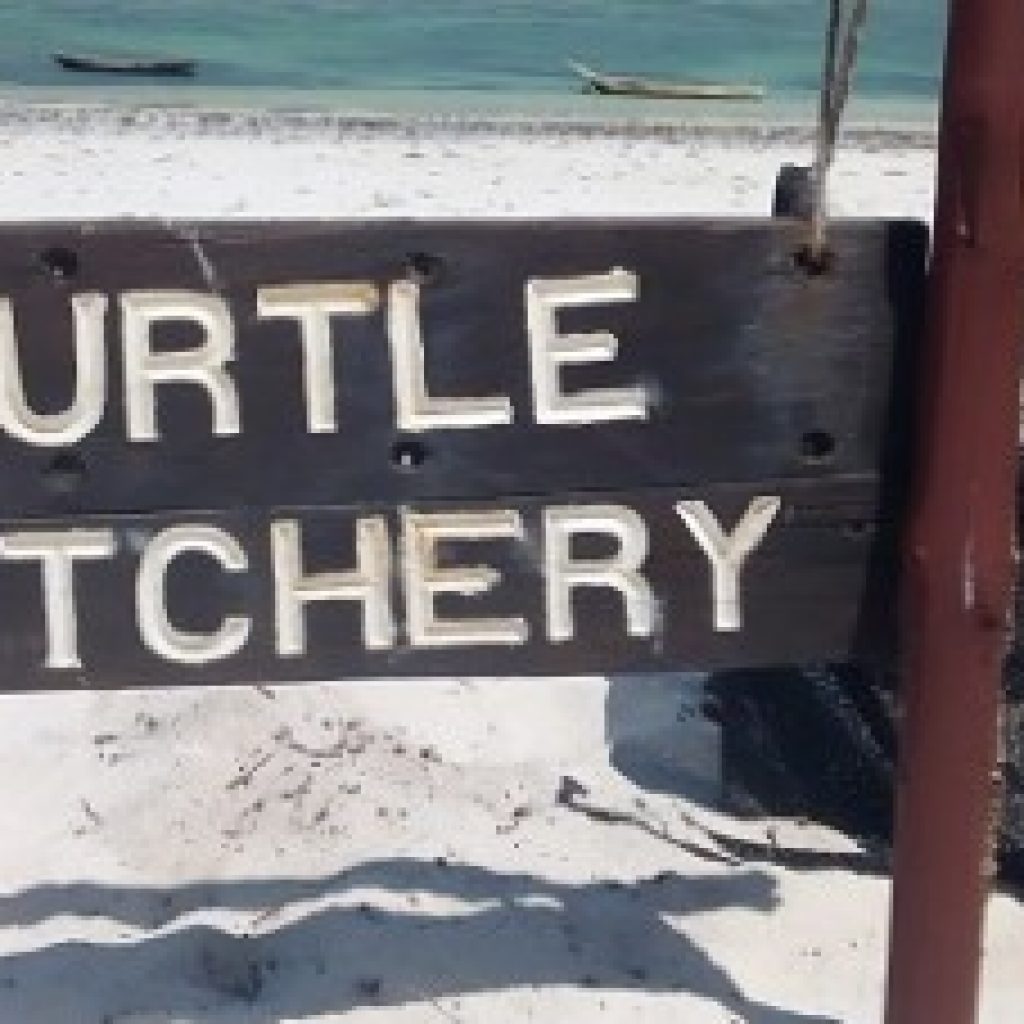
In the middle of Mozambique, at the southern end of the Great African Rift Valley, Gorongosa National Park is a haven for wildlife.
Crocodiles patrol its rivers, hippos splash in its lakes, antelopes graze on the floodplains and lions stalk the savanna, looking for their next meal. Some of the park’s creatures, such as the Mount Gorongosa pygmy chameleon (only as long as a pinky finger), are not found anywhere else.
The 1,500-square-mile (4,000 square-kilometer) park is flourishing now — but it has had a tumultuous history.
Gorongosa was first established as a hunting reserve by Mozambique’s Portuguese rulers in 1920. They gradually opened it up to tourists and in 1960, declared it a national park.





About The Author: David DiGregorio
More posts by David DiGregorio